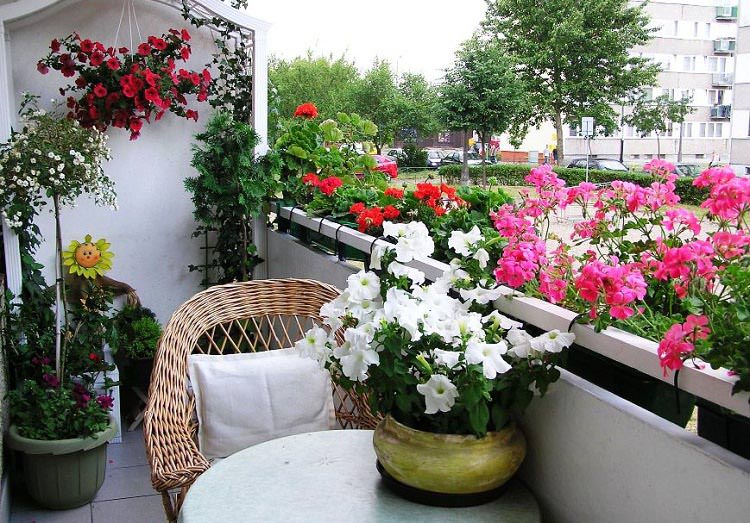Lush green blooms enhance the aesthetics of your home while purifying the air and promoting your overall well-being. However, for plant lovers, root rot can be a nightmare which may be caused by myriad reasons. But, don’t panic, as there is root rot treatment to salvage your houseplants. Nonetheless, let’s first know what plant root rot is and how it is caused.
What is plant root rot?
As the name suggests, root rot is the decay of roots which hinders the plant’s ability to absorb water effectively. This common and troublesome issue is frequently observed in Indoor Plants as it becomes difficult to control indoor moisture. Furthermore, water can get contaminated easily, thus, the pot becomes the breeding ground for fungus-like pathogens including Fusarium, Phytophthora, Pythium and Rhizoctonia.
What does plant root rot look like?
Although older leaves change colour and drop with time. You need to roll your sleeves up if the plant’s new leaves are yellowing or dying as it may be a sign of rotting roots. Further, standing water in the vase/container and foul smell are also signs of roots rot. If you’re still unsure of root rot, checking the roots is the best way to confirm. If the roots are dark brown, soft or spongy in texture, or easily crumbling, well, you need to act swiftly to save your indoor plant from roots rot.
What causes plant root rot?
There are an array of reasons for roots rot. However, overwatering tops the list. Thus, if you’re an overwaterer, heads up because your indoor plants are not as thirsty as you may think. Overwatering houseplants leads to roots rot, crippling them from absorbing nutrients and water.
How to prevent indoor plant root rot?
Once you are sure that your indoor plant is suffering from root rot, the first thing you should do is stop watering the houseplant for the soil to dry out. Leave the plant without water for 4-5 days. This method helps the indoor plant to revive with less root rot. Even after this, the problem persists, pull your socks and follow the root rot treatment mentioned below because it needs serious tending!
- Choose the Right Pot and Soil: Always opt for the pot with drainage that’ll allow the excess water to drain out, thus preventing water from being stagnant and contaminated. When it comes to soil, use well-draining soil specifically formulated for indoor plants because soil that retains too much moisture can suffocate the roots and promote rot.
- Keep a Check on Water: Control your urge to water the indoor plants now and then. Rather build a watering routine based on the specific needs of your plants and the environmental conditions of your home.
- Prune Regularly: By regularly pruning your houseplants, you help prevent root rot by removing dead or decaying plant material that can harbour moisture and pathogens. Further, trimming yellowing or rotting leaves helps improve air circulation, thus preventing the risk of fungal infection.
- Repot to Avoid Overcrowding: The way you love your personal space, the same goes for the indoor plants. Don’t plant two or three plants in a single pot as it may increase moisture retention and fungal growth. Give your plants ample space to grow by repotting them into larger containers as they outgrow their current pots.
- Monitor Humidity Levels: Plant parents, it’s time to invest in a Hygrometer to monitor the indoor humidity as some houseplants thrive in high humidity while others require drier conditions. It will help you decide whether to use humidifiers or pebble trays filled with water near your plants to increase humidity.
With a proactive approach and root rot treatment, you can salvage the indoor plant roots from rot and create a welcoming environment with nature inside your home. Also, there are low maintenance plants to enhance the aesthetics of your home to stop the passers-by and admire your home’s beauty. So, plant lovers, find the right indoor plant with pretty and aesthetic pots at FNP to elevate your home decor. All you need to do is explore the FNP plant range and order plants online without any hassle!







